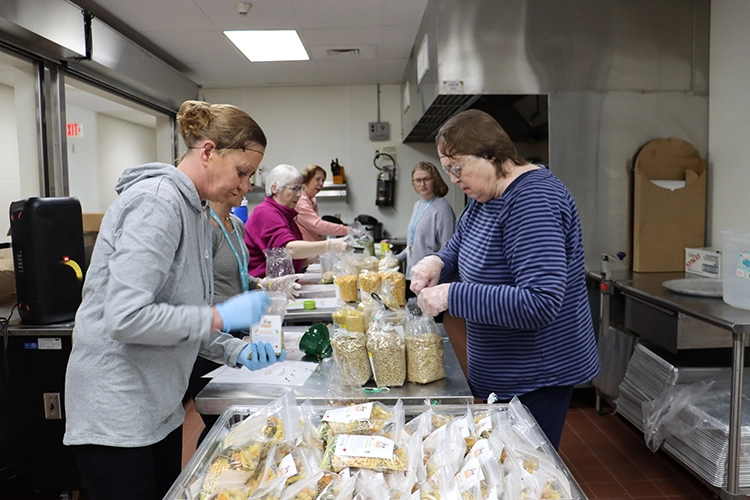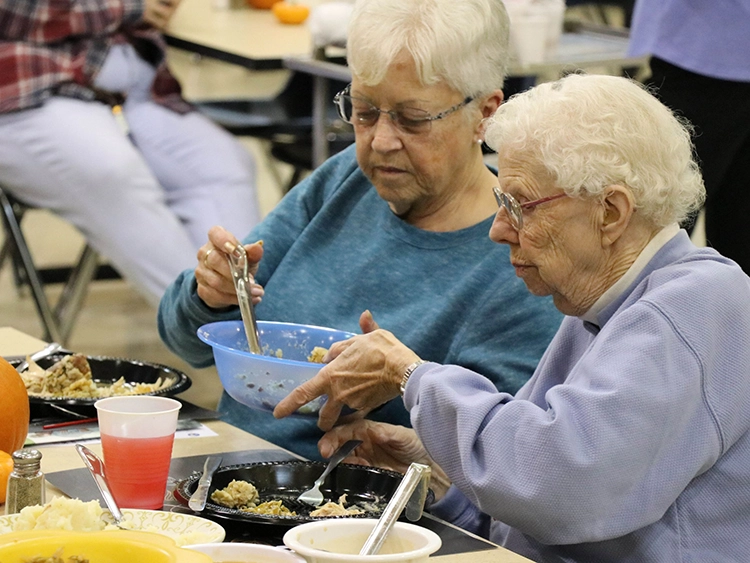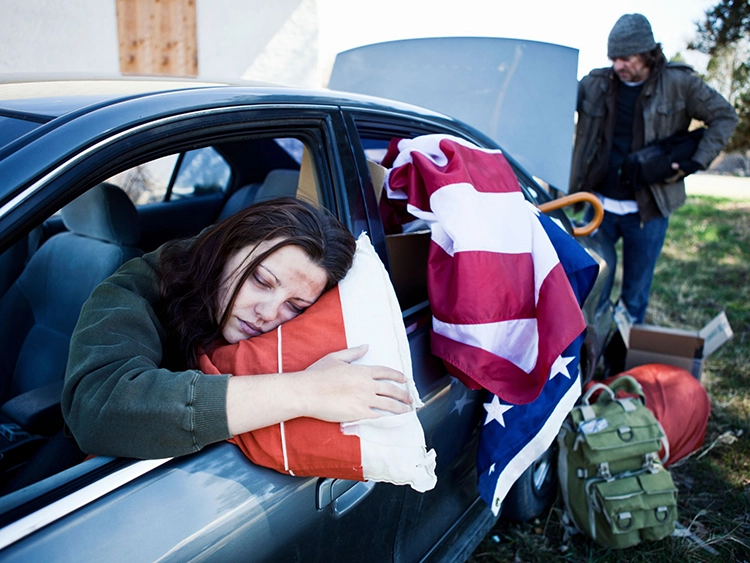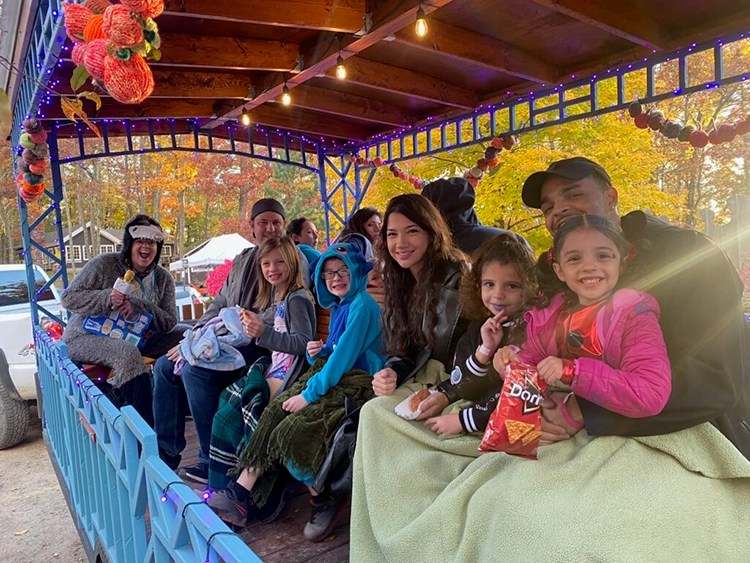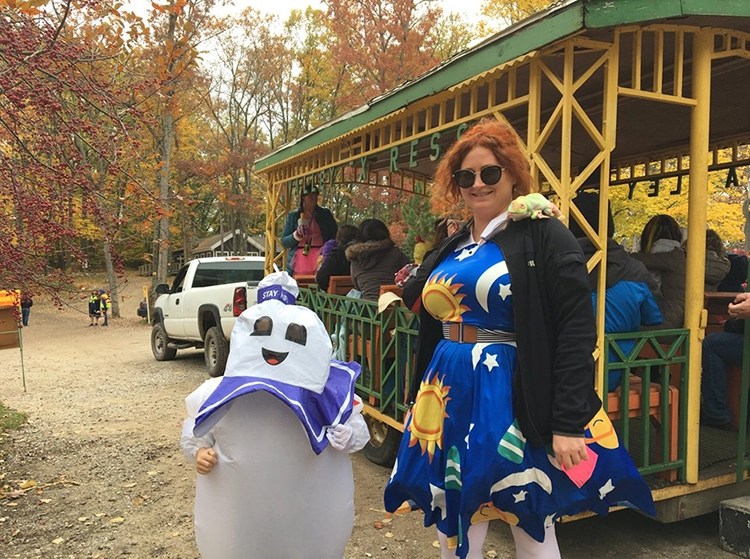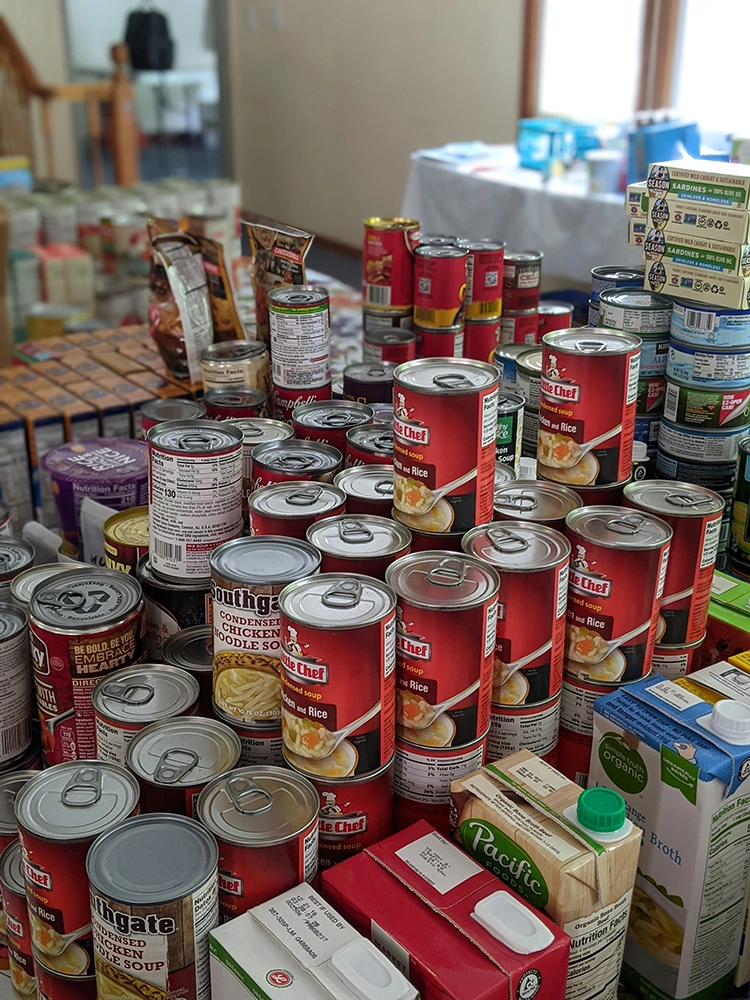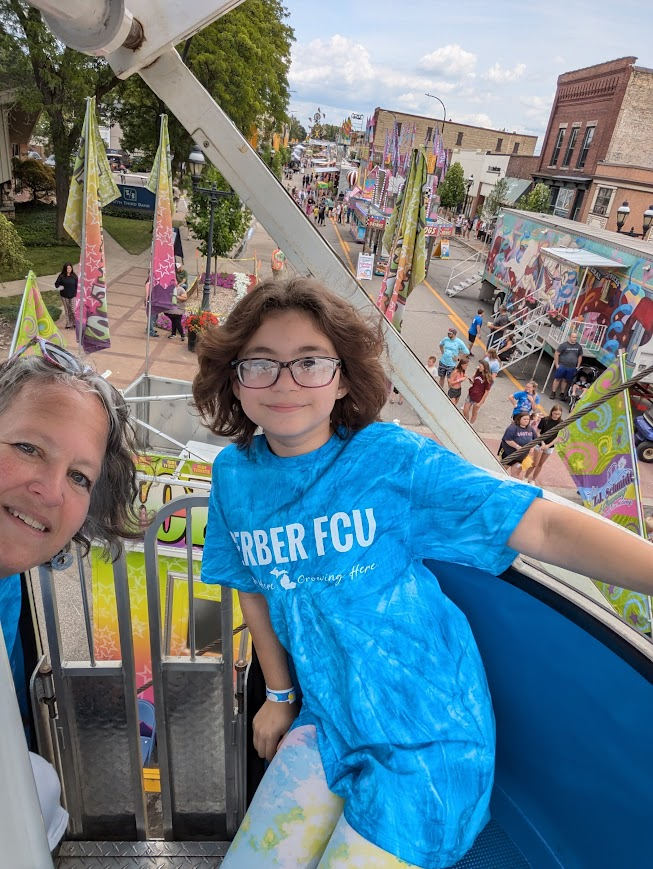Embracing Generosity This Giving Tuesday
Every year, on the Tuesday after Thanksgiving, people around the world come together for one shared purpose: to give. Known as Giving Tuesday, this global generosity movement has grown into one of the most influential annual events for nonprofits, volunteers and everyday community members. According to the founders of the movement, Giving Tuesday originated in 2012 as a simple idea. A day encouraging people to do good. Over a decade later, it now inspires millions of acts of generosity across more than 100 countries. The movement describes itself as a “community of millions of givers” working collectively to create a more just and generous world, with measurable global impact that grows each year.
Continue reading to learn how this global movement connects directly to our community and how you can be part of it this year.
Understanding the Meaning Behind Giving Tuesday
Giving Tuesday is much more than a date on the calendar. It represents a cultural shift toward generosity, connection and shared responsibility. The Close the Gap Foundation describes the movement as rooted in the idea of radical generosity, which emphasizes the well-being of others is just as important as our own. This philosophy challenges the belief that generosity is only for those who have extra time or money to spare. Instead, it encourages everyone to give in whatever way they can, whether by donating, volunteering, advocating or performing simple acts of kindness.
What makes Giving Tuesday powerful is that there is no required method or minimum expectation. For some people, generosity might mean supporting a nonprofit financially. For others, it might mean volunteering a few hours, sharing a post online, checking on a neighbour or offering an encouraging word. Giving Tuesday exists to show giving is for everyone, and small actions, when multiplied by millions of people, can create tremendous change.
The movement’s impact continues to grow each year. The Giving Tuesday organization shows awareness plays a significant role in inspiring generosity. Among people familiar with the event, 84 percent say Giving Tuesday motivates them to give more. More than half participate because they want to feel part of something larger than themselves, a global community working toward good. That feeling of shared purpose is the foundation of the movement.
The Power of Generosity in Local Communities
While Giving Tuesday spans countries and continents, its greatest impact often shows up in local communities, where generosity translates directly into stability, hope and emotional support. When people give close to home, their actions touch neighbors, families and friends in meaningful and lasting ways.
In West Michigan, TrueNorth Community Services brings the spirit of Giving Tuesday to life through its campaign “The Good Challenge.” TrueNorth works year-round to help families secure food, shelter, youth opportunities, community connection and crisis support. The Good Challenge webpage outlines how contributions fuel that mission and make transformation possible through local generosity.
The Good Challenge page explains giving is never just a transaction. It is an essential investment in others’ well-being. Donations made to their programs help people facing challenges such as hunger, isolation, financial hardship or the fear of losing stable housing. When community members give toTrueNorth, they aren’t only supporting an organization; they are directly strengthening the stability of individuals and families across the region. This emphasis on compassion-driven support is evident at www.truenorthservices.org/generosity.
These examples show us why Giving Tuesday matters so much at the local level. Through events like Tools for School, we help families prepare for the return to school. And through our mentoring program, TrueMentors, we see children gaining confidence through new experiences and opportunities.
Why Participation Matters
Participating in Giving Tuesday does not require a major financial commitment. It starts with intention and compassion. For many people, that means making a monetary gift of any size to an organization working toward a cause they care about. For others, giving time can be just as meaningful and sometimes even more impactful.
TrueNorth offers a wide variety of volunteer opportunities that allow community members to contribute in ways that feel natural and fulfilling. Volunteers help run the food center, support youth programs, prepare for community events and assist with administrative tasks that keep essential programs running smoothly. Anyone interested in exploring these opportunities can find detailed information at www.truenorthservices.org/volunteer.
Even sharing information plays a meaningful role. Posting on social media, telling friends or coworkers why you participate in Giving Tuesday or encouraging someone else to learn more helps spread awareness. The movement gains momentum when people discuss it, especially when they highlight personal reasons for giving.
Generosity also benefits the giver. Research consistently shows acts of giving, whether through time, resources or encouragement, contribute to improved well-being, increased feelings of purpose and deeper community connection. When people give, they often experience a sense of belonging and hope that extends well beyond the initial act. In this way, Giving Tuesday becomes a shared experience that uplifts everyone involved.
Bringing Global Purpose Into Local Action
One of the most inspiring aspects of Giving Tuesday is that it takes a global message and makes it personal. While the movement originated in New York City and has since spread worldwide, local participation creates real, lasting impact. Communities like ours benefit from the visibility and momentum generated by the global campaign, while giving remains rooted in local needs and solutions.
In rural areas like West Michigan, families often face unique challenges. Access to transportation, limited job opportunities, rising housing costs and fewer local resources can create barriers that are less visible in urban centers. TrueNorth is one of the organizations working to bridge that gap by offering programs and services designed to meet these specific needs.
When someone donates through TrueNorth’s Giving Tuesday campaign, their contribution helps ensure meals reach households experiencing food insecurity, youth have access to safe and supportive programs and individuals in crisis receive the help they need. When someone volunteers, they strengthen the community’s response to these challenges through hands-on action.
Giving Tuesday reminds us everyone plays a role in creating a strong, resilient community. Whether it’s through a small donation, a volunteer shift or a moment of human connection, every act of generosity helps build the world we want to live in.
How You Can Make a Difference This Year
As Giving Tuesday approaches, consider what generosity might look like for you this season. It may be a donation to a program aligned with your values, a commitment to volunteer with a local organization, or even taking time to share why this movement matters. No action is too small. Giving Tuesday began as a simple idea: encourage people to do good, and its continued growth shows how powerful that idea remains.
By joining the movement, you help strengthen both a global effort and the community you call home. You can explore the worldwide impact of Giving Tuesday at GivingTuesday.org, learn more about radical generosity through the Close the Gap Foundation, and discover ways to make a meaningful local difference through TrueNorth’s Giving Tuesday campaign and volunteer opportunities.
Every act of giving matters. Every story of hope begins with someone choosing to care. And every community becomes stronger when people decide to give together.

